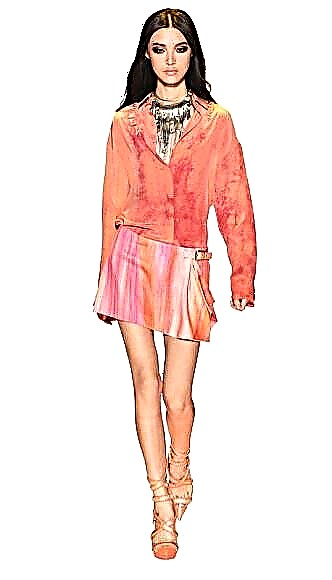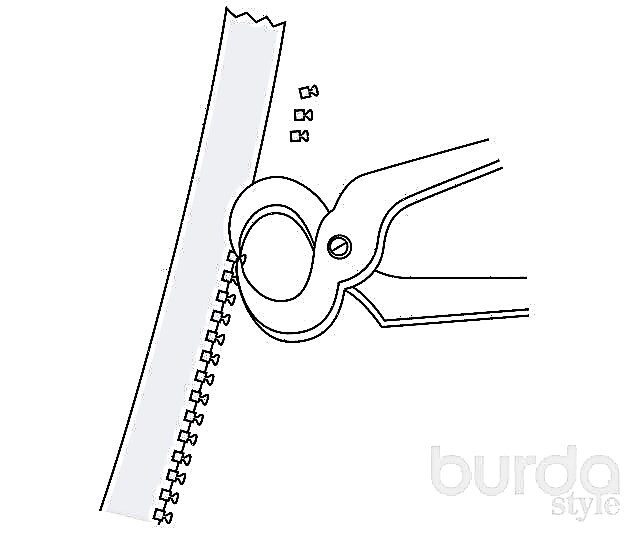Surely in your wardrobe there is an ideal thing, for example, a dress or a blouse that you don’t want to part with, which you would like to repeat. But how to do it if there is no suitable pattern?
It's simple, use the product or its individual parts to create a new pattern.
Tip 1

To copy a knitted T-shirt, T-shirt or pullover with a simple cut, lay the product flat on the work surface (on the table).
Put tracing paper on top and fix it in several places with tailor pins so that it does not slip.
Using the copy wheel or marker, translate the contours of the product onto tracing paper (first the shelves, then the backs and, finally, the sleeves).
Pattern is ready!
How to sew a t-shirt without a pattern: master class
Tip 2

Choose the fabric as close as possible to the one from which the original product is sewn: of the same texture, density, composition and color. But, most importantly, pay attention to the presence or absence of the extensibility of the material. The presence of elastane in the fabric provides a good fit and does not constrain movements, which means it is better suited for models that fit the figure.
Tip 3


Using the marker, perform all the necessary control marks, as on any other pattern. For example, the places where the seams and parts are combined, the location of the pockets, the lines of the middle of the front, the back, the fold, the marking of the loops, etc.
How to fit a pattern on fabric
Tip 4

Use the flexible ruler to accurately translate curved lines.
Tip 5

To reshape, for example, a part of a collar, lay the product flat on a work surface. Then gently fold it in half, precisely aligning the seams and parts. Put tracing paper on top, securing it dotted with tailor's pins. And use the marker to translate the contours of the collar onto the tracing paper. In this case, be sure to mark the bend (middle).
Tip 6
Complete the product layout. Transfer the contours of the pattern to the fabric for the layout, for example, calico. Cut and sweep. If necessary, make changes to the details of the pattern. And only after that proceed to the cutting of products from the main fabric.

Using this method, you can copy almost any simple product. For complex models, for example, jeans or cardigans, it’s better to spoil the old thing and cut out new patterns in its details.
How to determine the exact consumption of tissue
Photo: craftsy.com



